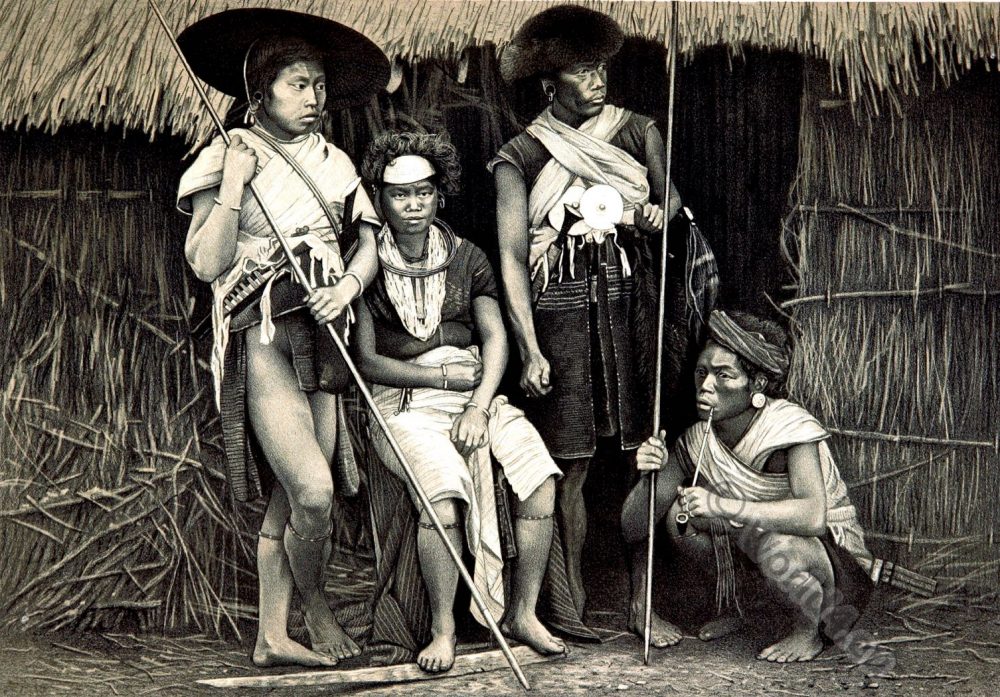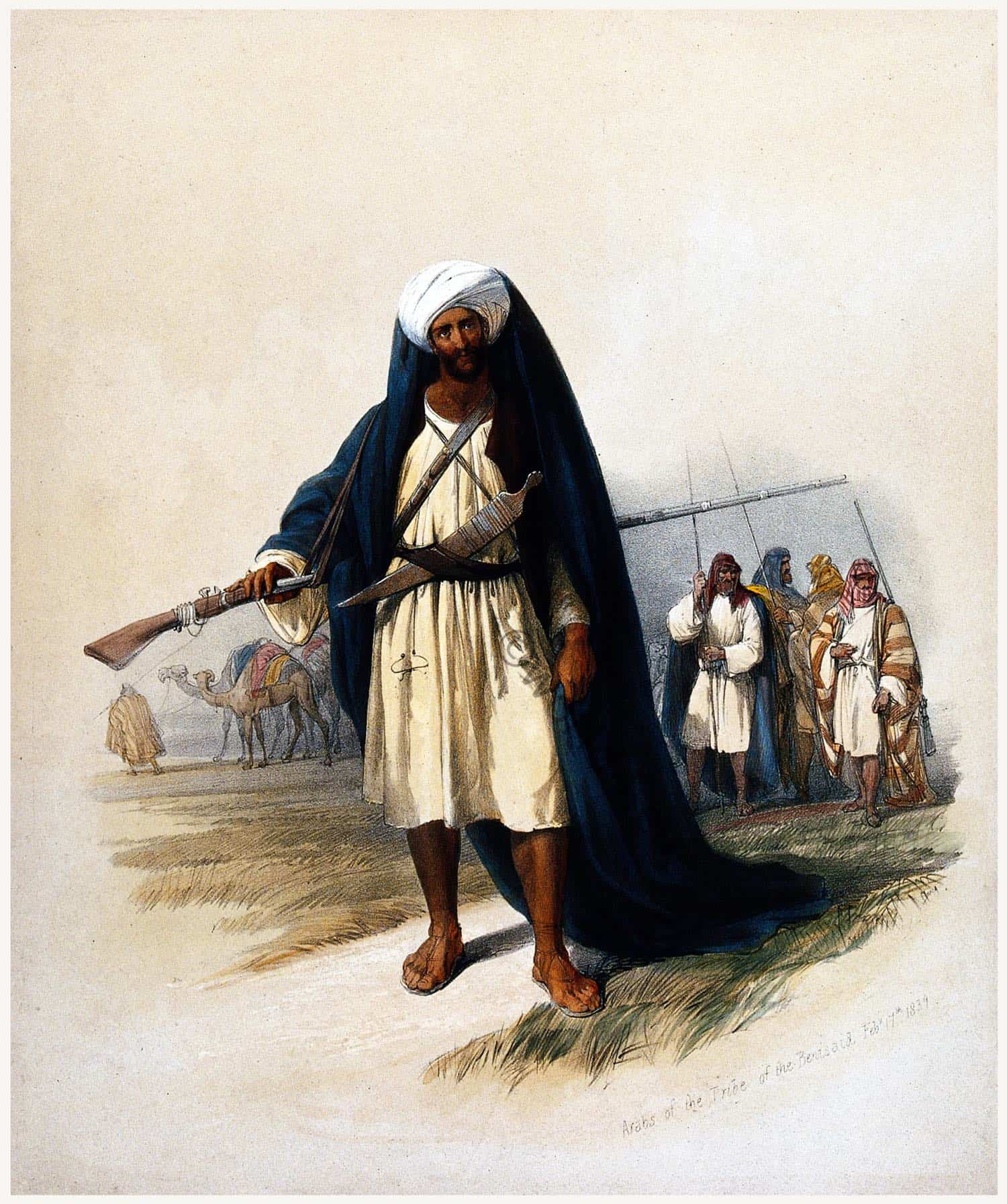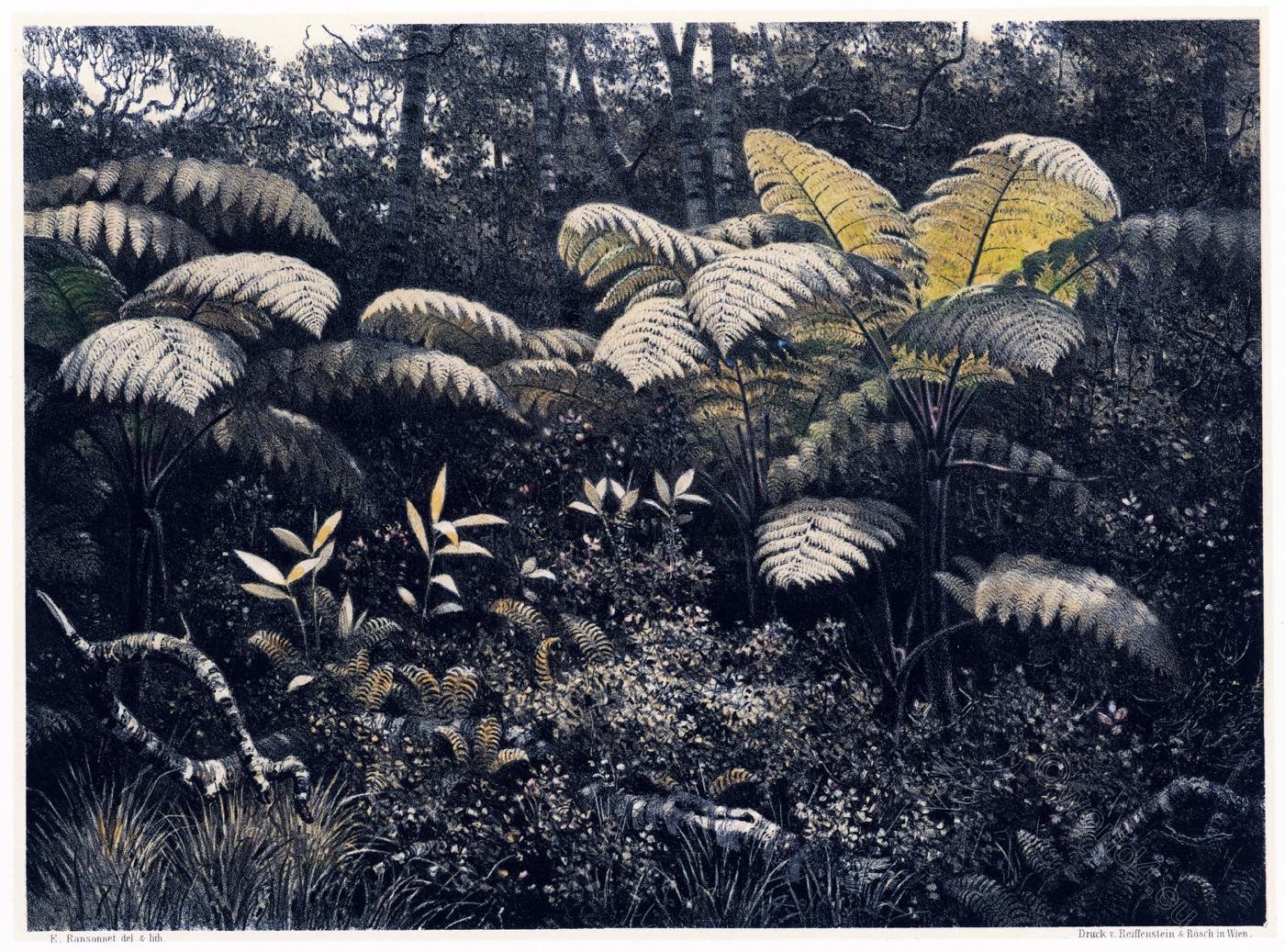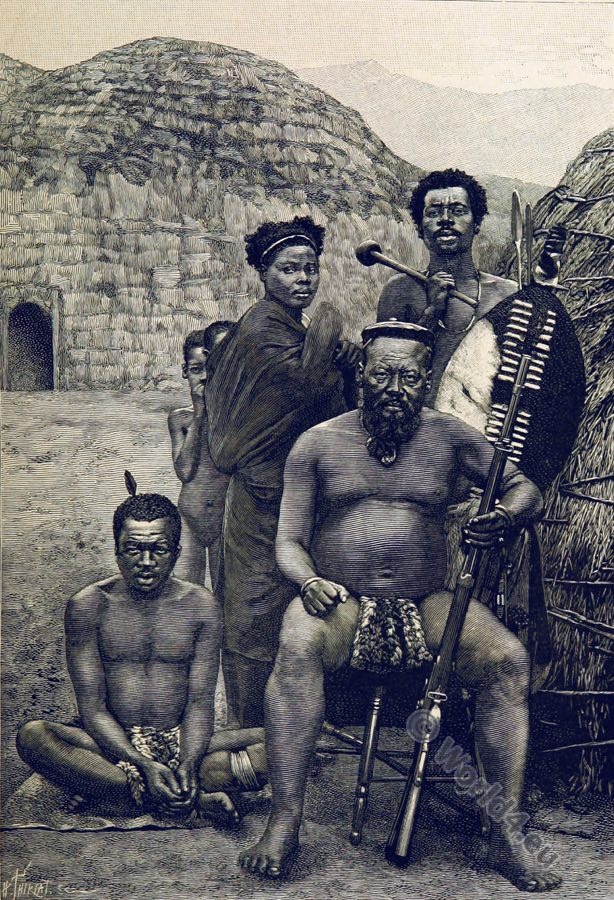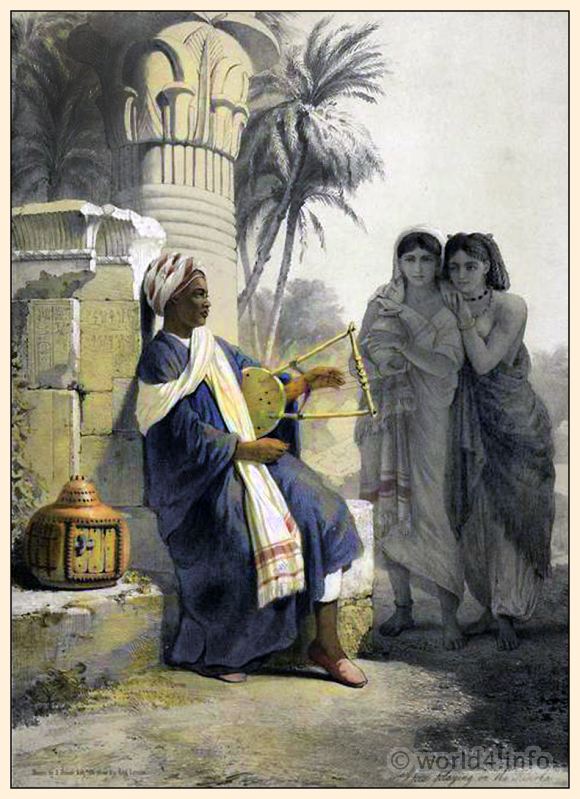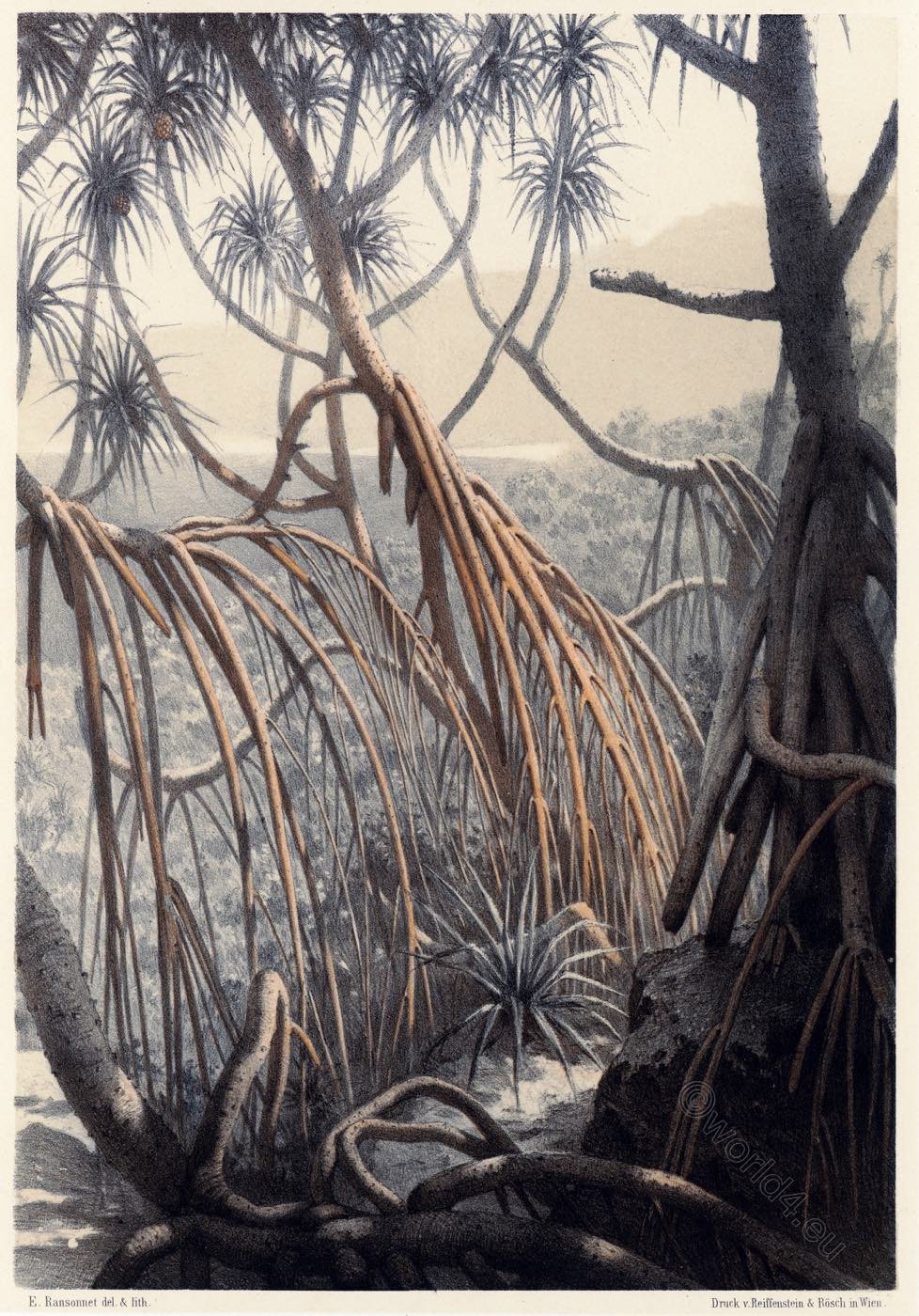Group of Mizhu or Mizu Mishmis.
Group of Mizhu
Of the Mishmi tribe who are in habits of intercourse with Asam, the Miju or Mizhu live in the farthest East. In their commercial journeys between Asam and Tibet, they cross the snowy range, and so appear in warmer vestments than are in use by the tribes who seldom quit the valley.
The long coats of the male figures are of woollen fabrics, or mixed wool and nettle fibre. The white frontlet on the forehead of the girl is a thin plate of silver; the coil round her neck of thick brass ware. The weapons shown are long spears, dirks and straight swords, the latter and their pipes of brass are of Tibetan manufacture.
Source: Descriptive Ethnology of Bengal. By Edward Tuite Dalton. Illustrated by lithograph portraits copied from photographs. Contributor: Asiatic Society of Bengal, afterwards Royal Asiatic Society of Bengal. Calcutta 1872.
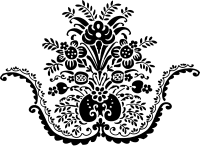
Related
Discover more from World4 Costume Culture History
Subscribe to get the latest posts sent to your email.

